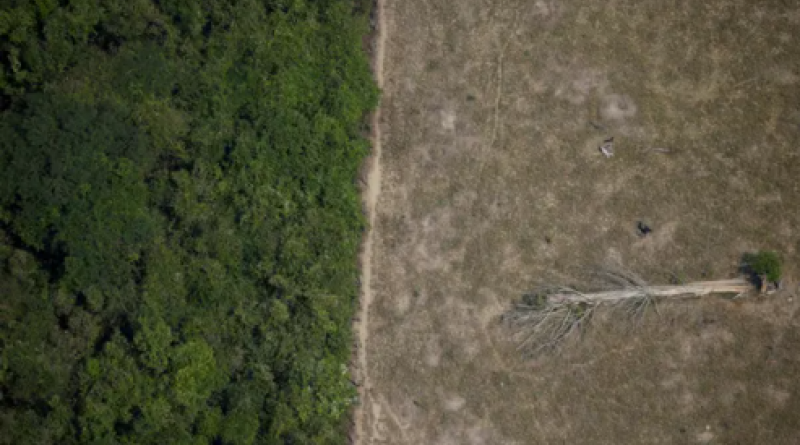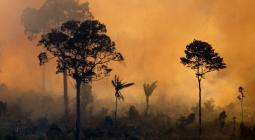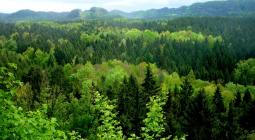Brazilian Amazon released more carbon than it absorbed over past 10 years.

International team of researchers also found that deforestation rose nearly four-fold in 2019.
The Brazilian Amazon released nearly 20% more carbon dioxide into the atmosphere over the past decade than it absorbed, according to a startling report that shows humanity can no longer depend on the world’s largest tropical forest to help absorb manmade carbon pollution.
From 2010 through 2019, Brazil’s Amazon basin gave off 16.6bn tonnes of CO2, while drawing down only 13.9bn tonnes, researchers reported Thursday in the journal Nature Climate Change.
The study looked at the volume of CO2 absorbed and stored as the forest grows, against the amounts released back into the atmosphere as it has been burned down or destroyed.
“We half-expected it, but it is the first time that we have figures showing that the Brazilian Amazon has flipped, and is now a net emitter,” said co-author Jean-Pierre Wigneron, a scientist at France’s National Institute for Agronomic Research (INRA).
“We don’t know at what point the changeover could become irreversible,” he told AFP in an interview.
The study also showed that deforestation – through fires and clear-cutting – increased nearly four-fold in 2019 compared with either of the two previous years, from about 1m hectares (2.5m acres) to 3.9m hectares (9.6m acres).
“Brazil saw a sharp decline in the application of environmental protection policies after the change of government in 2019,” the INRA said in a statement.
Terrestrial ecosystems have been a crucial ally as the world struggles to curb CO2 emissions, which topped 40bn tonnes in 2019.
Over the past half-century, plants and soil have consistently absorbed about 30% of those emissions, even as those emissions increased by 50% over that period. Oceans have also helped, soaking up more than 20%.
The Amazon basin contains about half of the world’s tropical rainforests, which are more effective at soaking up and storing carbon than other types of vegetation.

If the region becomes a net source rather than a “sink” of CO2, tackling the climate crisis will be that much harder.
Using new methods of analysing satellite data developed at the University of Oklahoma, the international team of researchers showed for the first time that degraded forests were a more significant source of planet-warming CO2 emissions that outright deforestation.
Over the same 10-year period, degradation – caused by fragmentation, selective cutting, or fires that damage but do not destroy trees – caused three times more emissions than outright destruction of forests.
The data examined in the study only covers Brazil, which holds about 60% of the Amazonian rainforest.
Taking the rest of region into account, “the Amazon basin as a whole is probably (carbon) neutral”, said Wigneron.
“But in the other countries with Amazon rainforest, deforestation is on the rise too, and drought has become more intense.”
Climate change looms as a serious threat, and could – above a certain threshold of global heating – see the continent’s rainforest tip into a much drier savannah state, recent studies have shown.
This would have devastating consequences not only to the region, which is host to a significant percentage of the world’s wildlife, but globally as well.
30 April 2021
The Guardian





